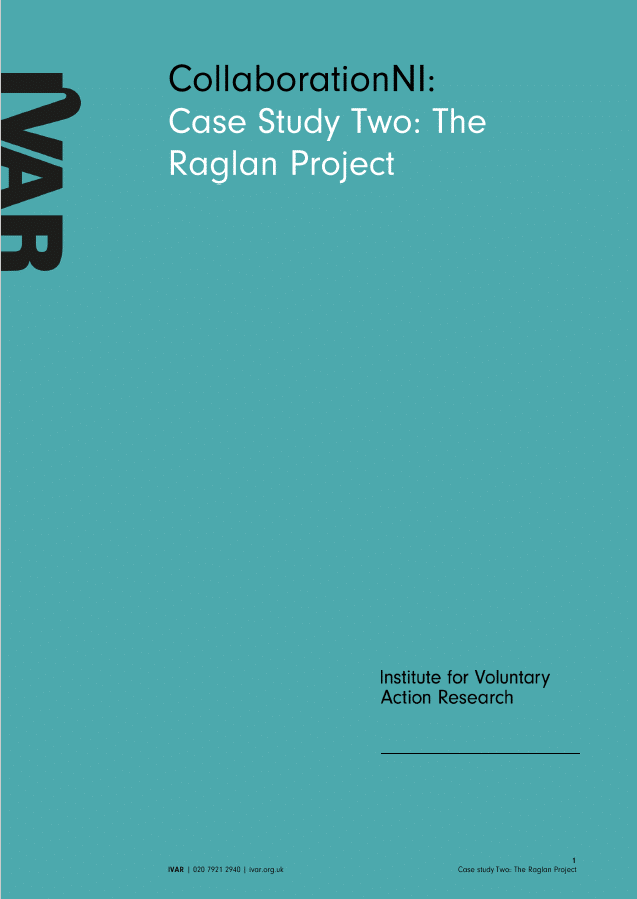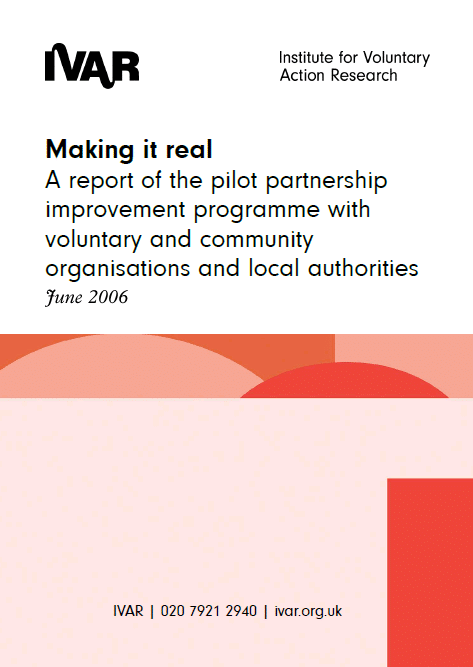‘Fine.’
We’ve all heard that one word response when asking a child about their school day or holiday. It’s a reminder that even in casual situations and with family members and friends, children need the right encouragement to share their thoughts and feelings.
It’s even more important when we want to design healthcare and other support services that reflect the needs and desires of children and young people. Including children under the age of 11 in meaningful engagement is key to ensuring decisions are led by, and importantly work for, younger children. This work can be incredibly rewarding but we know it takes time, energy and resources to do it well.
That’s why, after hearing several people involved in our ICS Learning Network project say they were keen to work with younger children to design and deliver their services, we asked two experts to share their learning on what works when engaging younger children, at our first project webinar.
Over 160 people joined us to hear from Joanne Carr, a youth participation and co-production expert who leads strategic participation and youth engagement at NCB and Lucy Bray, a children’s nurse and Professor in Child Health Literacy at Edge Hill University.
We’ve summarised the key insights shared to guide you through what to think about before, during, and after engagement with children. This includes inspiration to help make your sessions most effective and addresses some common questions and concerns. You can find further resources at the end of this blog to help you continue your journey to more meaningful engagement with under-11s.
Planning for success
Take time to plan carefully, alongside children wherever possible.
Know your audience
Get as much information as possible about the children you’ll be working with. Understand their ages, abilities, interests, and any additional needs. Connect with teachers, parents, or carers to gather this context.
Set clear goals
Be clear on what you want to achieve and how you’ll use the information children share. Only ask for input on things you can actually act on.
Create accessible materials
Avoid jargon! Use simple language, visuals, and examples children can relate to. Consider sending an information sheet or a fun video beforehand to explain what to expect.
Think about consent
Secure consent from parents or carers but remember that children’s own agreement (assent) is just as important. Explain what you’re doing and give them the choice to participate or not.
Making it meaningful
During your session, focus on creating a safe, inclusive, and fun environment:
Introductions matter
Young people must know who we are, why we are there and what we’re asking of them.
Use creative methods
Drawing, craft activities, games, and stickers can help children express their ideas. Let them choose how they want to participate.
Younger children tend to be less worried about doing ‘good’ drawing… they tend to just embrace the opportunity.”
– Lucy Bray
Keep it interactive
Ask open-ended questions. Allow children to lead the conversation where possible. Check in regularly to make sure they’re comfortable.
Keep it short and flexible
Attention spans vary! Plan sessions in short bursts with breaks. If children seem restless, have a backup plan or alternative activity.
Listen actively
Children are naturally honest and often more insightful than we give them credit for. Listen carefully to what they say and don’t rush to fill silences; sometimes the best ideas come when you give them time to think.
Following through
After the session, it’s important to show children that their voices matter and are acted upon:
Acknowledge their contributions
Say thank you. Certificates, stickers, or small rewards (like a celebration party) can make children feel valued.
We gave that recognition to all of the children, whether they chose to take part or not, just for coming and hearing about the session.”
– Joanne Carr
Share what happens next
Explain how their feedback will be used. Let them know what changes you’ll make (or why some things can’t change). Keep them updated.
Reflect and adapt
Gather feedback on what worked and what didn’t. Use this to improve future sessions. Remember that engagement is an ongoing process.
FAQs
Q: How do I explain consent to a child?
A: Use simple language: “We’re here to listen to you. If you want to share, that’s great. If not, that’s okay too. You can change your mind any time.”
Q: What if a child shares something that raises a safeguarding concern?
A: Be clear from the start: “If you tell me something that makes me think you or someone else might not be safe, I will need to talk to another adult about it to make sure you’re safe.”
Q: How do I make sure their voices have an impact?
A: Only ask for input on things you can change. Share updates after the session about what’s been done with their feedback.
Engaging under-11s in decision-making is an opportunity to empower younger children, build their confidence, and ultimately help create services that truly reflect their needs.
This webinar was part of the ICS Learning Network project, a partnership with Pears, and NHS England to set up and support peer learning networks to support Integrated Care System (ICS) leads to develop and share approaches to youth engagement in health settings.
Watch the full webinar here:
Resources
Listening to young peoples’ voices about health care procedures (YouTube video)
Tool kit for engaging young people from Energise Me (Webpage)
ECV2020 Keynote Speaker 1 ‘Voice is not enough’: The Lundy model and early childhood (YouTube video)



